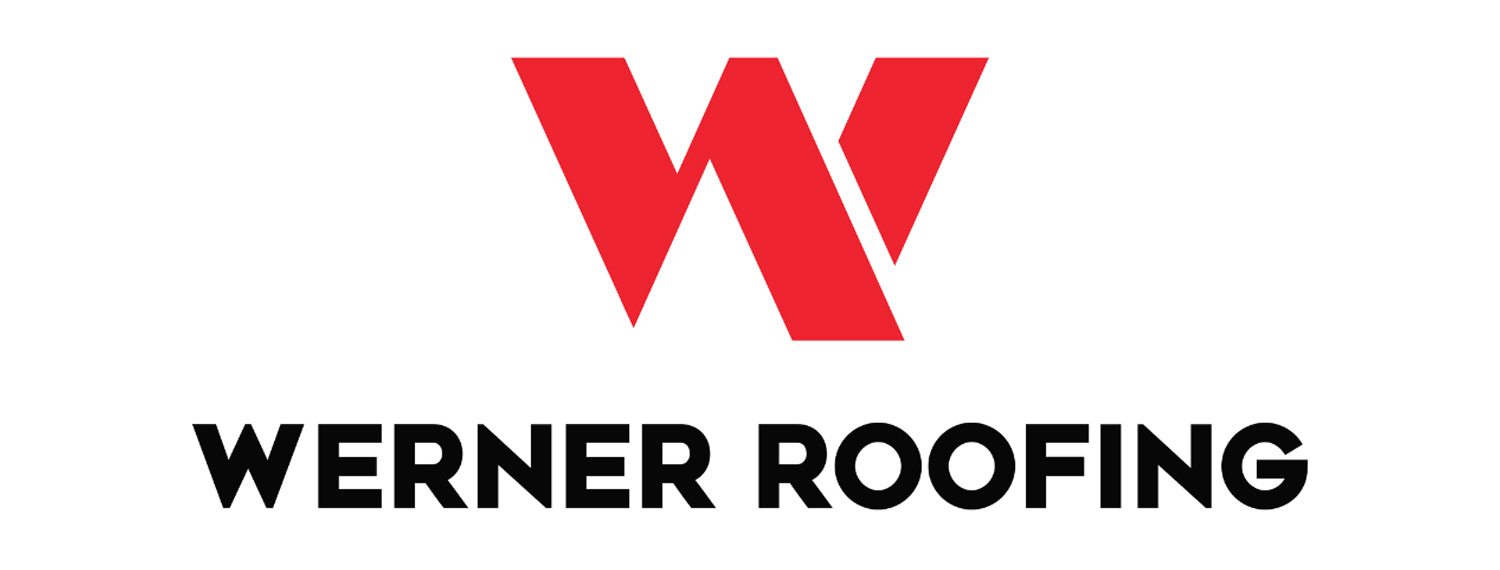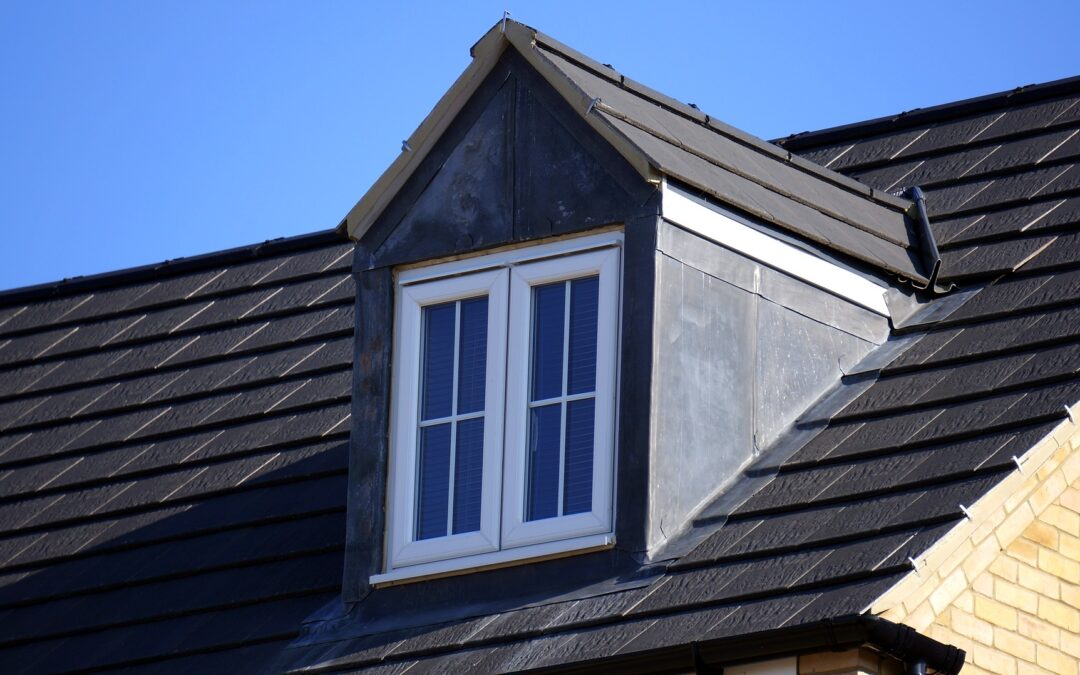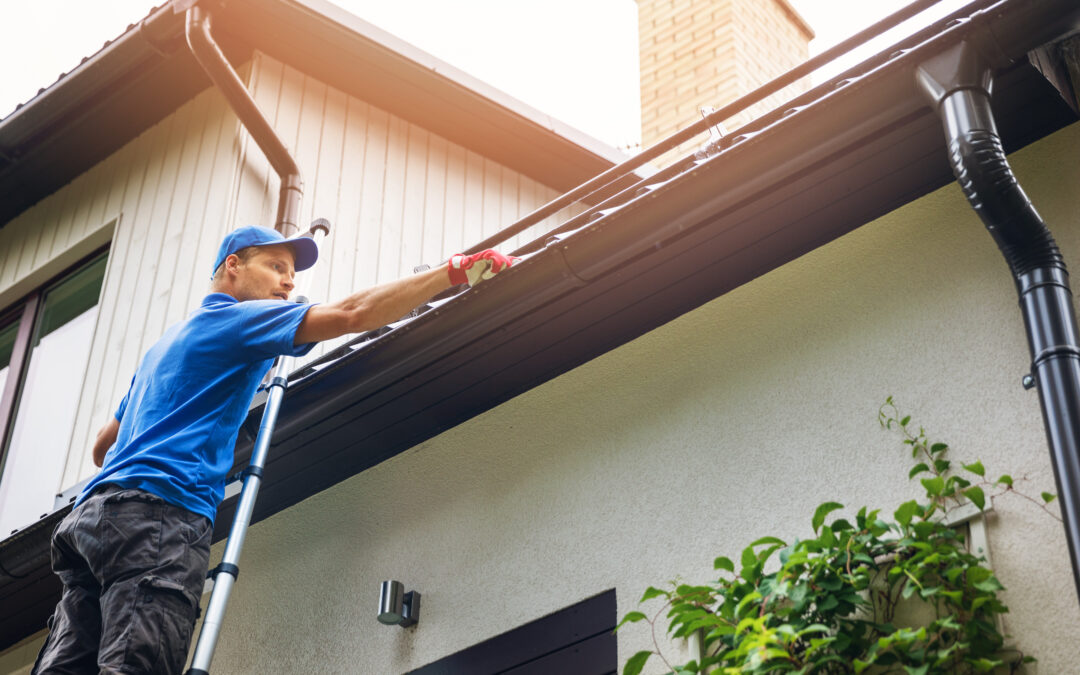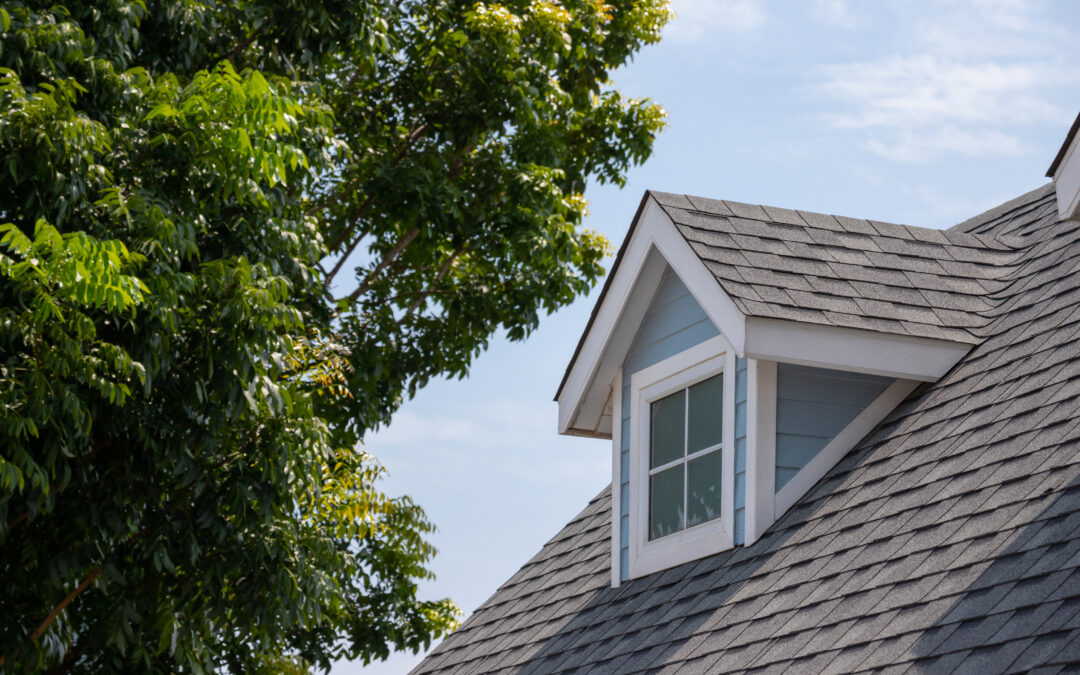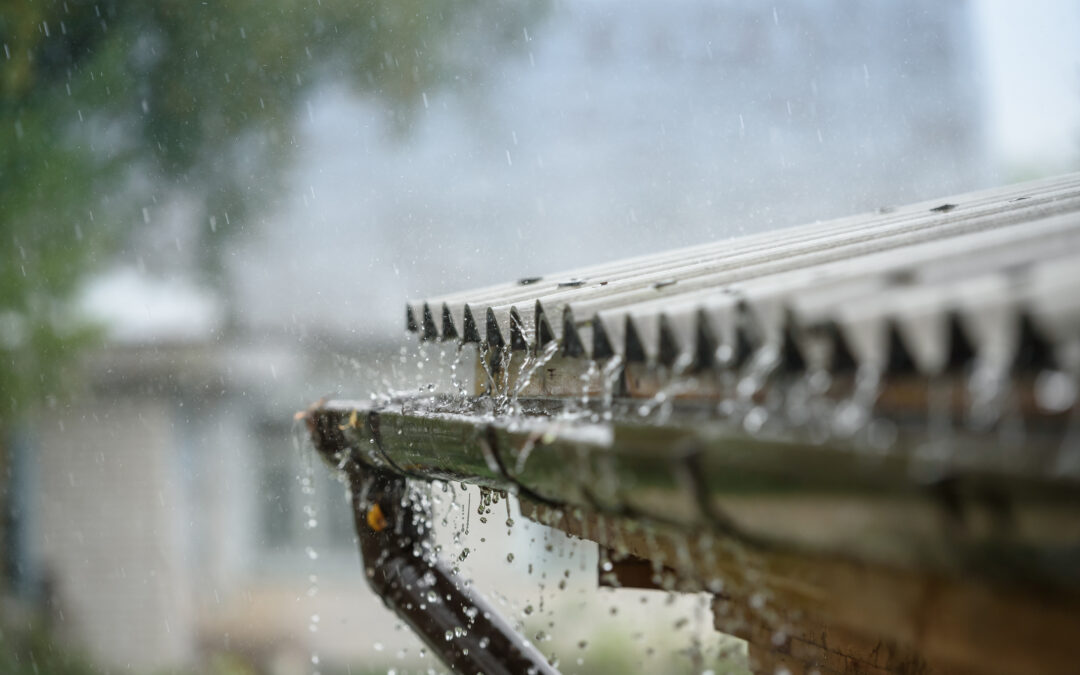
Sustainable Roofing: How To Harvest Rainwater and Other Eco-Friendly Gutter Solutions
When it comes to making our homes more eco-friendly, we often think about solar panels, energy-efficient appliances, and smart thermostats. However, the gutter system is another aspect of our homes that can contribute to sustainability.
Yes, those seemingly insignificant channels along our roofs are key to sustainable roofing, play a crucial role in harvesting rainwater, and can have a major impact on the environment. Learn more about how implementing these eco-friendly gutter solutions can help you reduce your environmental footprint.
1. Rainwater Harvesting
For those committed to sustainable living, installing a rainwater harvesting system is a fantastic option. One of the most accessible and effective ways to harvest rainwater is by using rain barrels. These barrels are placed beneath downspouts to collect rainwater as it flows off the roof. Rainwater can be used for various purposes, such as watering your garden or lawn, or even for household chores like washing your car.
Rain barrels come in various sizes and designs to suit your needs and aesthetics. They not only reduce your water bill but also help alleviate the strain on municipal water supplies, particularly during dry seasons. When you harvest rainwater, you’re conserving a precious resource and reducing the energy required to pump and treat water.
2. Gutter Guards: Preventing Debris Buildup
Maintaining clean gutters is essential for their proper function and longevity. When leaves, twigs, and debris accumulate in your gutters, it can lead to blockages and damage your home’s foundation. Instead of using energy-intensive methods like leaf blowers or frequent manual cleaning, consider installing gutter guards.
Gutter guards are designed to keep debris out while allowing water to flow freely. They reduce the need for frequent gutter cleaning and help prevent clogs, which can lead to water overflow and potential damage. By keeping your gutters clean and functional, you’re ensuring efficient rainwater management without compromising sustainability.
3. Sustainable Roofing Materials: An Eco-Friendly Choice
Before rainwater reaches your gutters, it comes into contact with your roof. Choosing sustainable roofing materials can significantly impact the quality and quantity of rainwater you collect for harvesting.
Opt for roofing materials like metal, clay tiles, or even green roofs. Often made from recycled materials, metal roofs are durable and can efficiently channel rainwater into your gutters. Clay tiles provide a natural and eco-friendly look while allowing water to flow smoothly. Green roofs, covered with vegetation, capture rainwater, provide insulation, and reduce urban heat island effects.
4. High-Quality Gutters and Downspouts: Durability Matters
Investing in high-quality gutters and downspouts is another eco-friendly choice. Durable gutters made from materials like aluminum or copper can last for decades, reducing the need for frequent replacements. This saves resources and minimizes the environmental impact associated with manufacturing and transportation.
Moreover, consider seamless gutters, which have fewer joints and are less prone to leaks. This reduces water wastage and the potential for water damage to your home. When selecting downspouts, opt for larger sizes that can handle heavy rainfall efficiently, preventing overflow and erosion.
Werner Roofing Can Help With All Your Gutter and Eco-Friendly Roofing Solutions
Sustainable roofing encompasses a range of choices that collectively reduce your environmental footprint while saving you money and resources. From rain barrels to gutter guards, there are numerous ways to make your home more environmentally friendly. By incorporating these solutions, you’re contributing to a more sustainable future and enjoying the practical benefits of reduced water bills and a well-maintained home.
If you’re ready to plunge into eco-friendly gutter solutions and embrace a greener, more sustainable way of living, contact Werner Roofing today. We offer a range of sustainable roofing solutions that will help you live a greener life.
